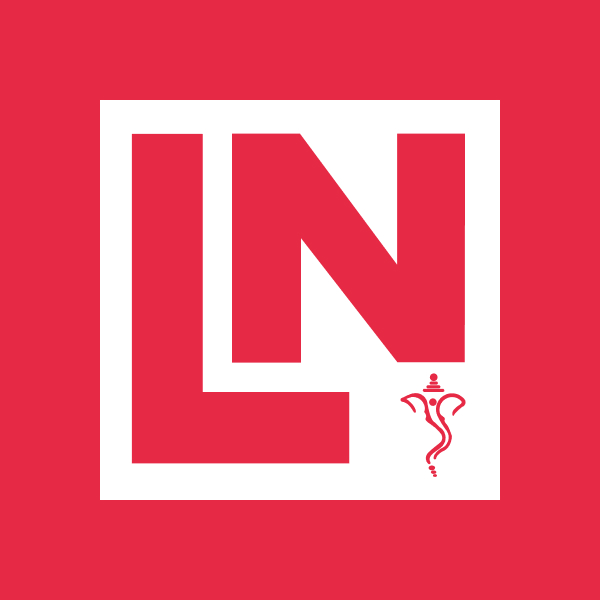Headless CMS or Traditional CMS: Which is Right for Your Business?

A content management system (CMS) is something you’ve heard of if you’re building a website for your business or yourself. It’s crucial for contemporary websites because it allows you to manage all digital information without requiring you to know how to code or create new pages from the start. Your website’s text and pictures can be simply managed with a content management system (CMS).
Though there are many varieties of content management systems, the two most common forms are headless and traditional, like Contentful and WordPress. Either kind can be effective, depending on your circumstances and long-term objectives.
Let’s have a closer look at each of these types and understand which one is the best for your business.
Taking a Closer Look at Headless CMS
A Headless CMS works differently from a traditional one. It’s mainly focused on managing content without being tied to how it’s presented on a website. Instead, it stores content separately from how it’s displayed, using APIs to show content on different platforms or devices. This approach offers more flexibility and scalability but needs more technical knowledge.

Advantages Of Headless CMS
1. Stand out from the crowd
Create unique websites and apps that capture attention.
2. Reach your audience anywhere
Deliver your message across all their preferred platforms.
3. Grow without limits
Scale smoothly as your business expands.
4. Cybersecurity made easy
Protect your website from attacks with built-in security features.
Key Considerations
Headless CMS is great for businesses that prioritize
- Delivering content across multiple channels.
- Creating unique user experiences.
- Scalability and security.
- Integrating with other tools via APIs.
It may not be ideal for:
- Businesses lacking technical expertise.
- Simple websites with basic content needs.
- Tight budgets.
- Preference for easy visual editing.
Understanding Traditional CMS
A Traditional CMS combines content management and presentation layers into one package. This means you can create, store, and deliver content all within the same platform, often with ready-made templates for website design. While it’s not as flexible as a headless CMS, it’s easier to use, especially for beginners.

Advantages Of Traditional CMS
Easy to Use
It has a simple interface with drag-and-drop features, making it easy for people with little technical knowledge to create and publish content.
1. All-in-One Solution
It comes with built-in tools for common website elements like menus, forms, and SEO optimization, making setup less complicated.
2. Cost-Effective
Typically cheaper upfront compared to headless CMS, requiring less extra development work.
3. Strong Community Support
There’s a big online community providing help and resources because it’s widely used.
4. WYSIWYG Editing
Visual editors show content as it will appear on the website, making editing easier.
Key Considerations
Traditional CMS is good for:
- Businesses new to managing websites.
- Simple websites with basic content needs.
- Limited technical resources.
- Tight budgets.
- Preference for easy editing tools.
It might not be suitable for:
- Businesses need lots of flexibility and customization.
- Complex websites needing content on many platforms.
- Long-term plans for scaling beyond basic website functions.
- High security needs.
Which is better for you?
Choose Headless CMS if:
- Content is diverse and needs to be delivered across multiple channels seamlessly.
- Customization and unique user experiences are top priorities.
- Scalability and flexibility are crucial for future growth and integration with various tools.
- Enhanced security is a priority, with a reduced attack surface being important.
- You have a skilled development team comfortable with APIs and custom frontend development.
Choose Traditional CMS if:
- Ease of use and quick setup are important.
- Content needs are basic and primarily for a website with limited complexity.
- Budget is a major concern, as traditional CMS often requires less upfront investment.
- You have limited technical resources or prefer projects with minimal technical complexity.
- Visual editing and intuitive WYSIWYG editors are preferred.
Let’s Wrap It Up!
Whether to choose a Headless CMS or a Traditional CMS depends on your specific business needs and priorities. Headless CMS offers flexibility, scalability, and advanced customization, ideal for businesses requiring diverse content delivery and advanced technical capabilities. On the other hand, Traditional CMS provides simplicity, ease of use, and cost-effectiveness, making it suitable for businesses with basic content needs and limited technical resources. Consider your goals, resources, and preferences carefully to make the best decision for your business’s online presence.
If you believe that adopting a headless CMS can set you apart in the market, LN Webworks team of Drupal Headless experts is ready to assist you. Get in touch with us today to discover how we can help make a difference for your business.
